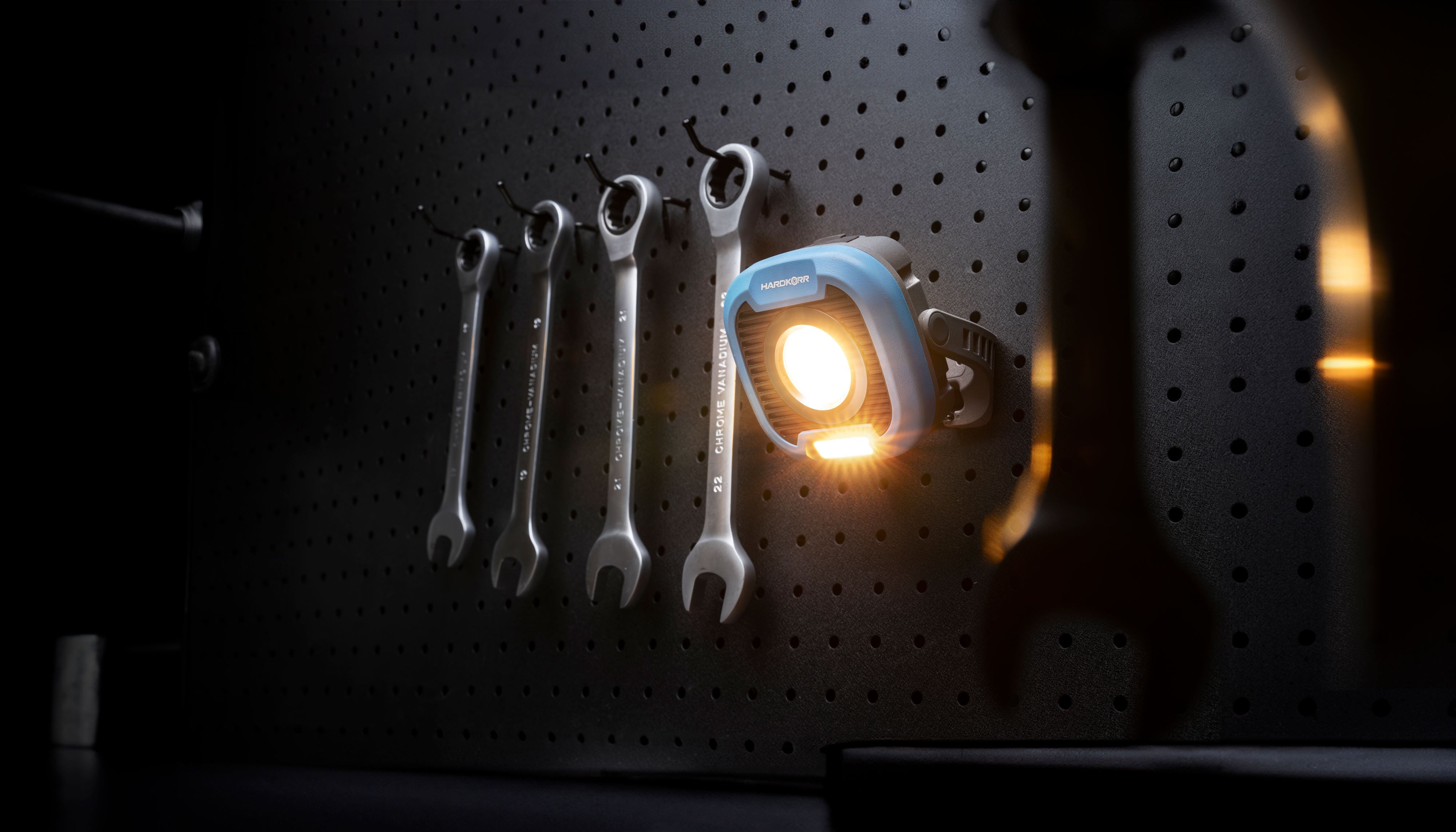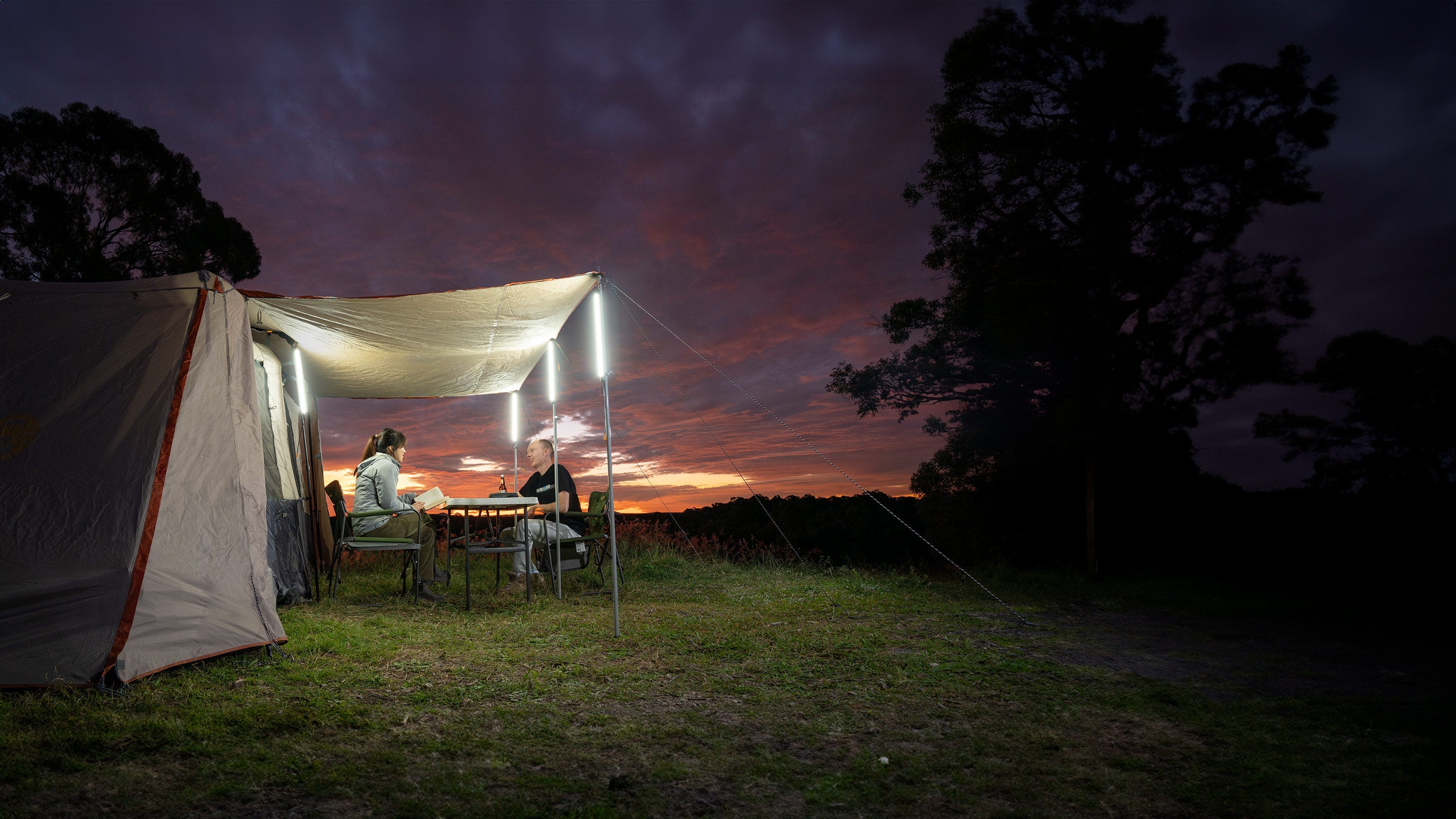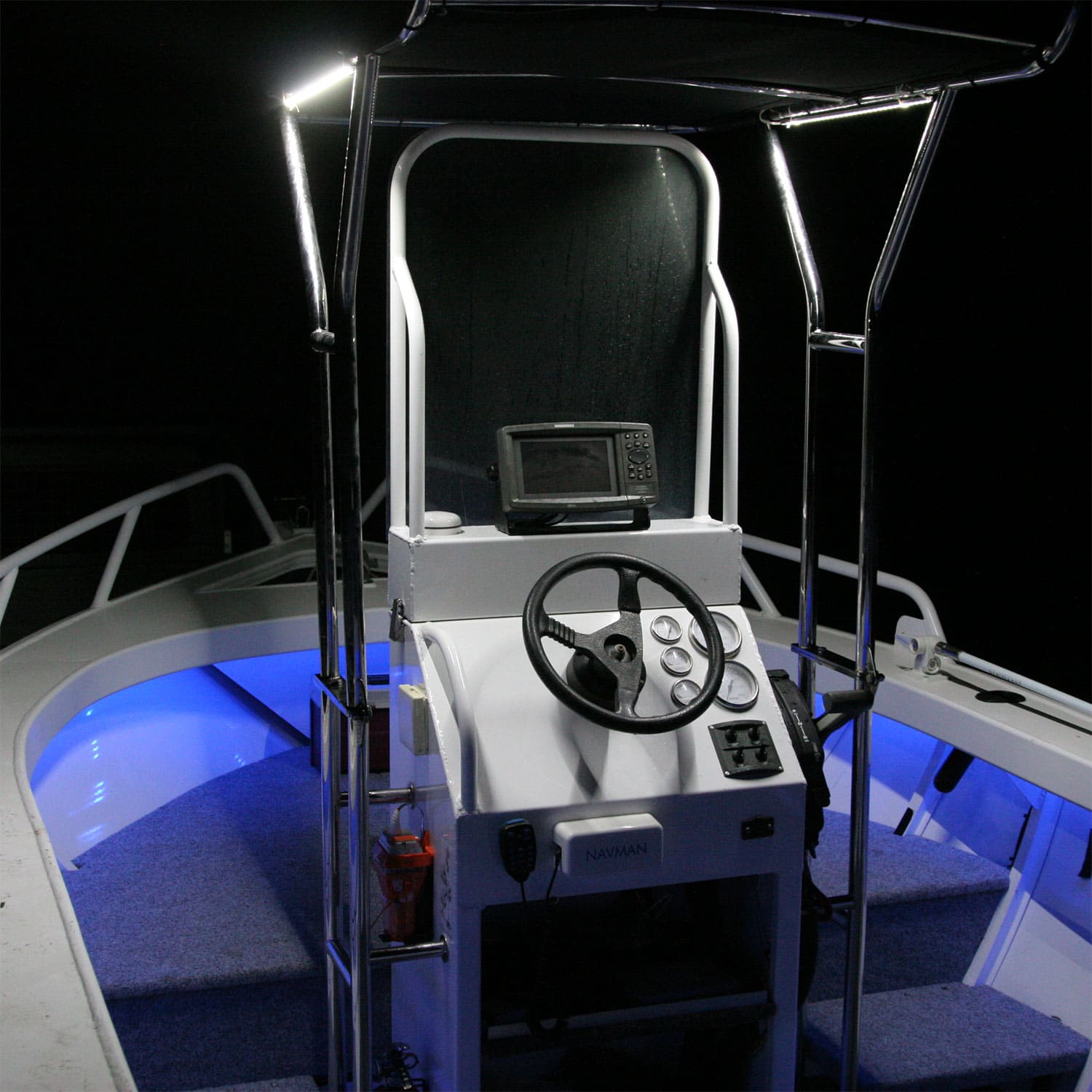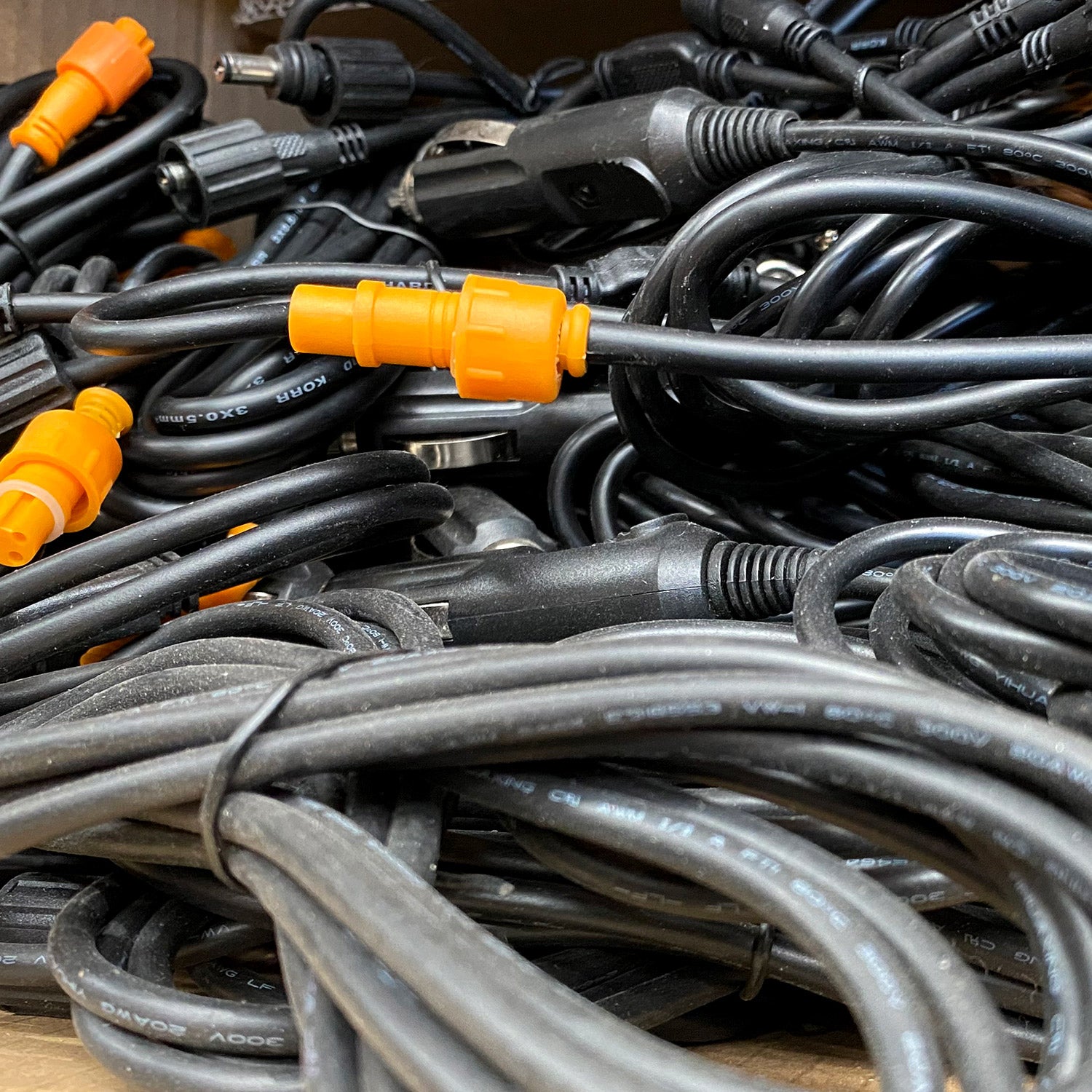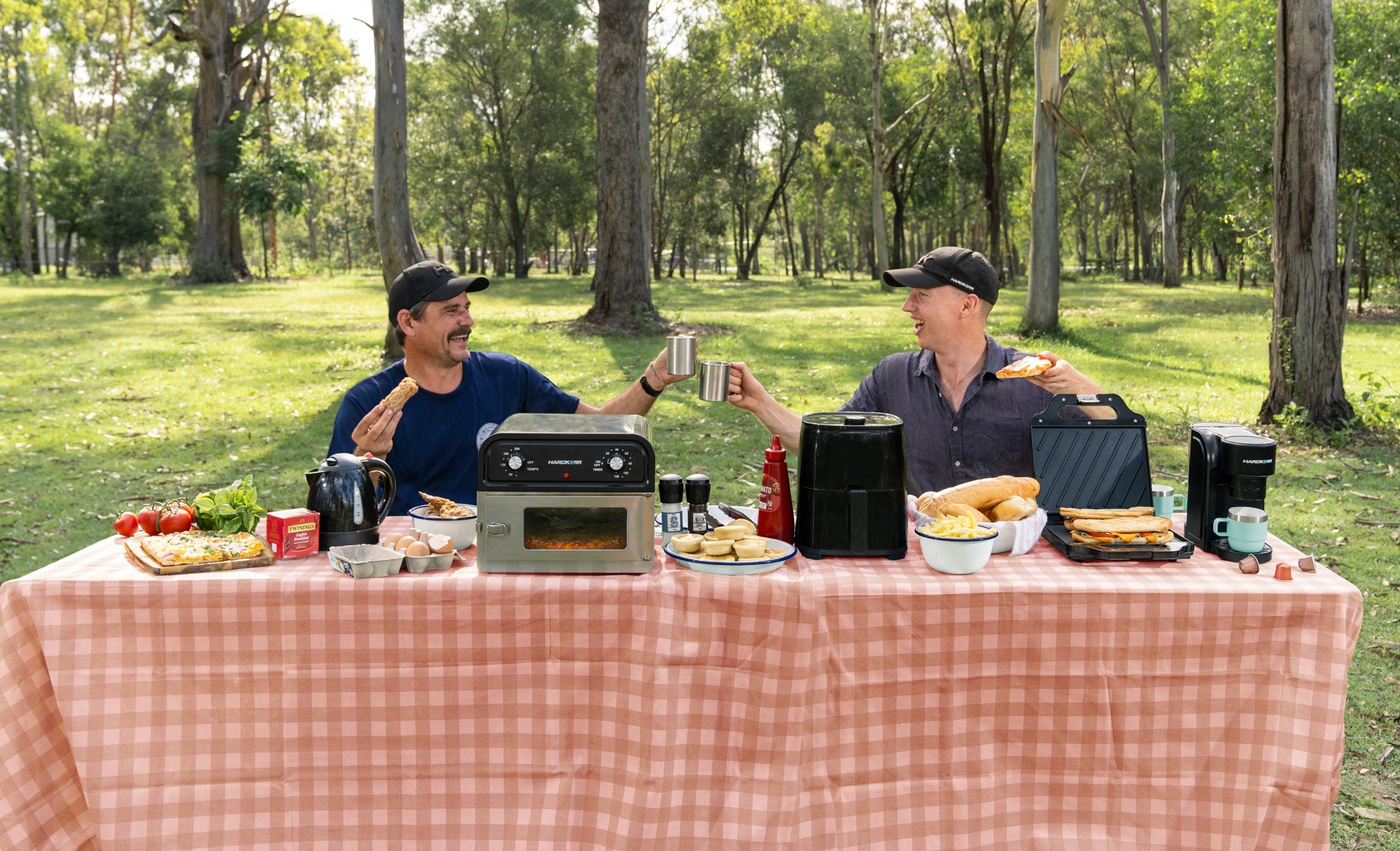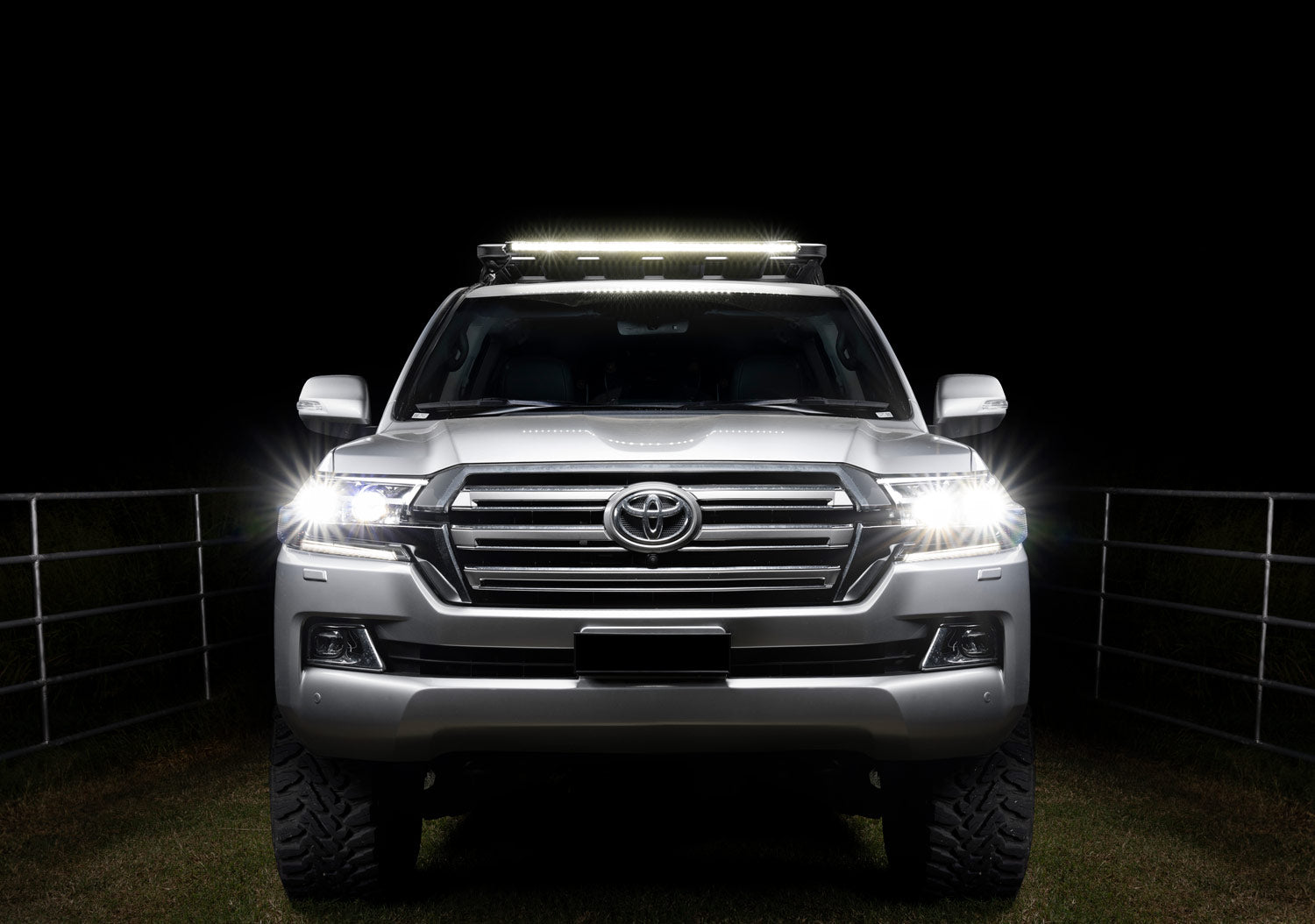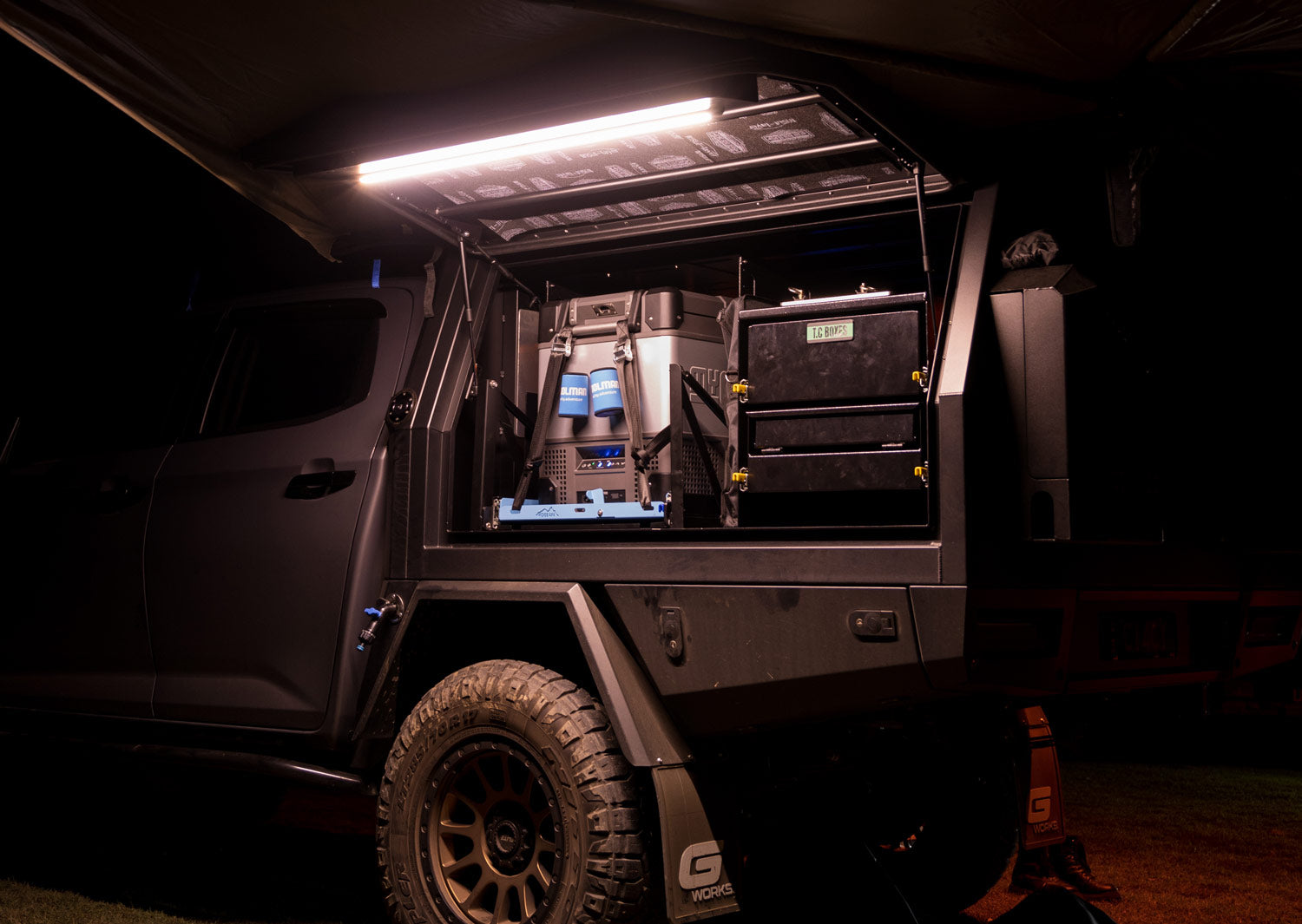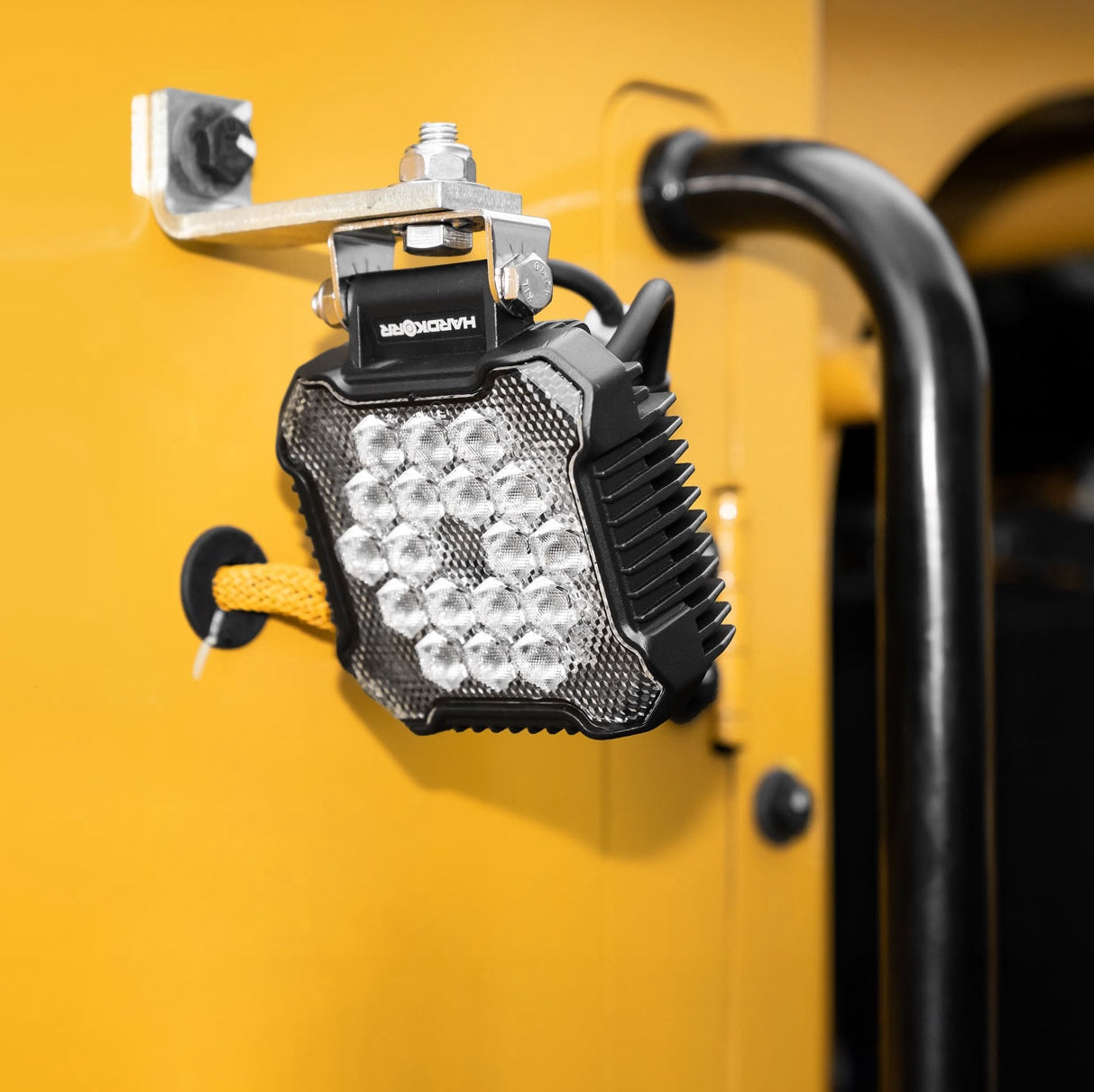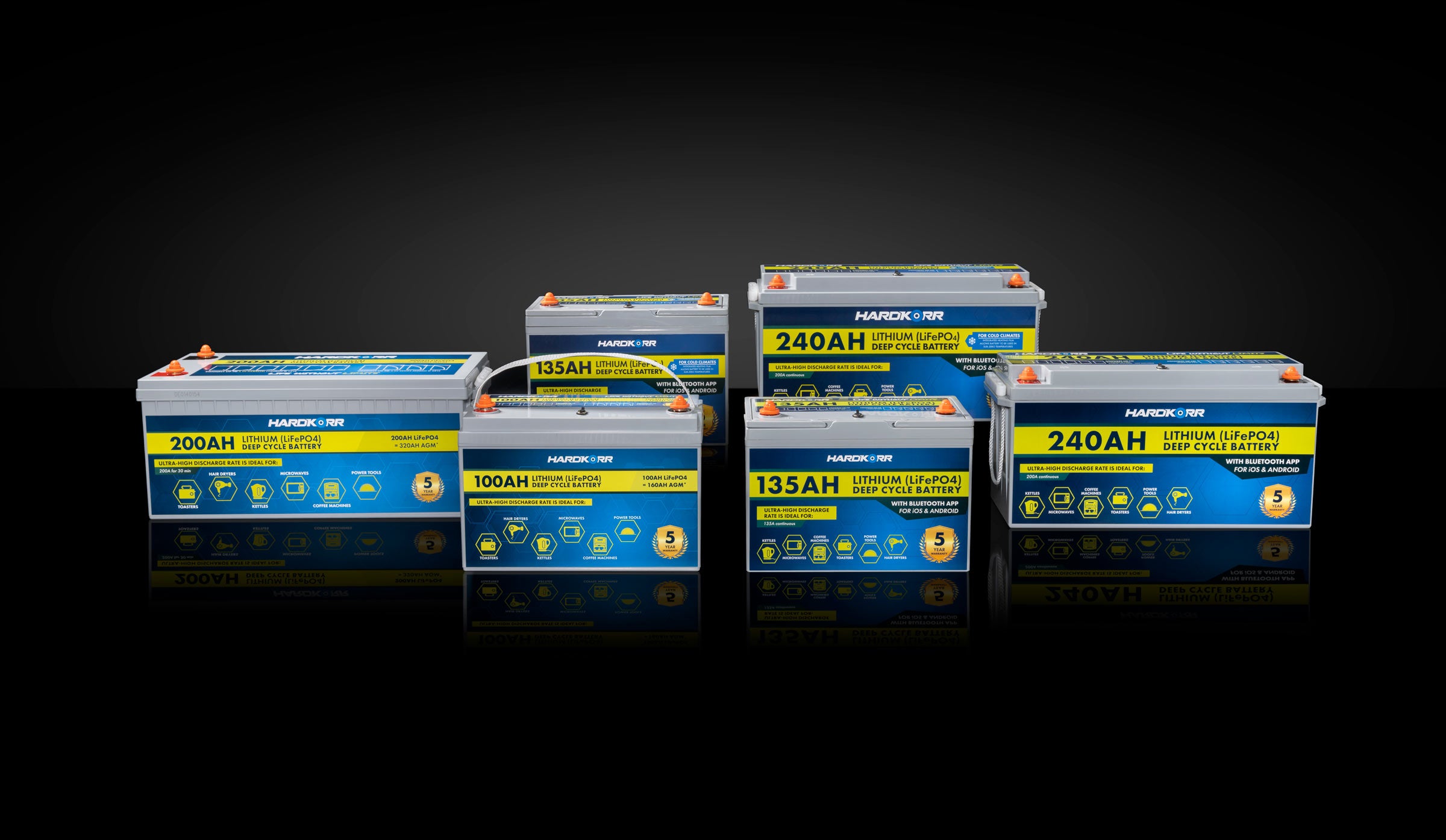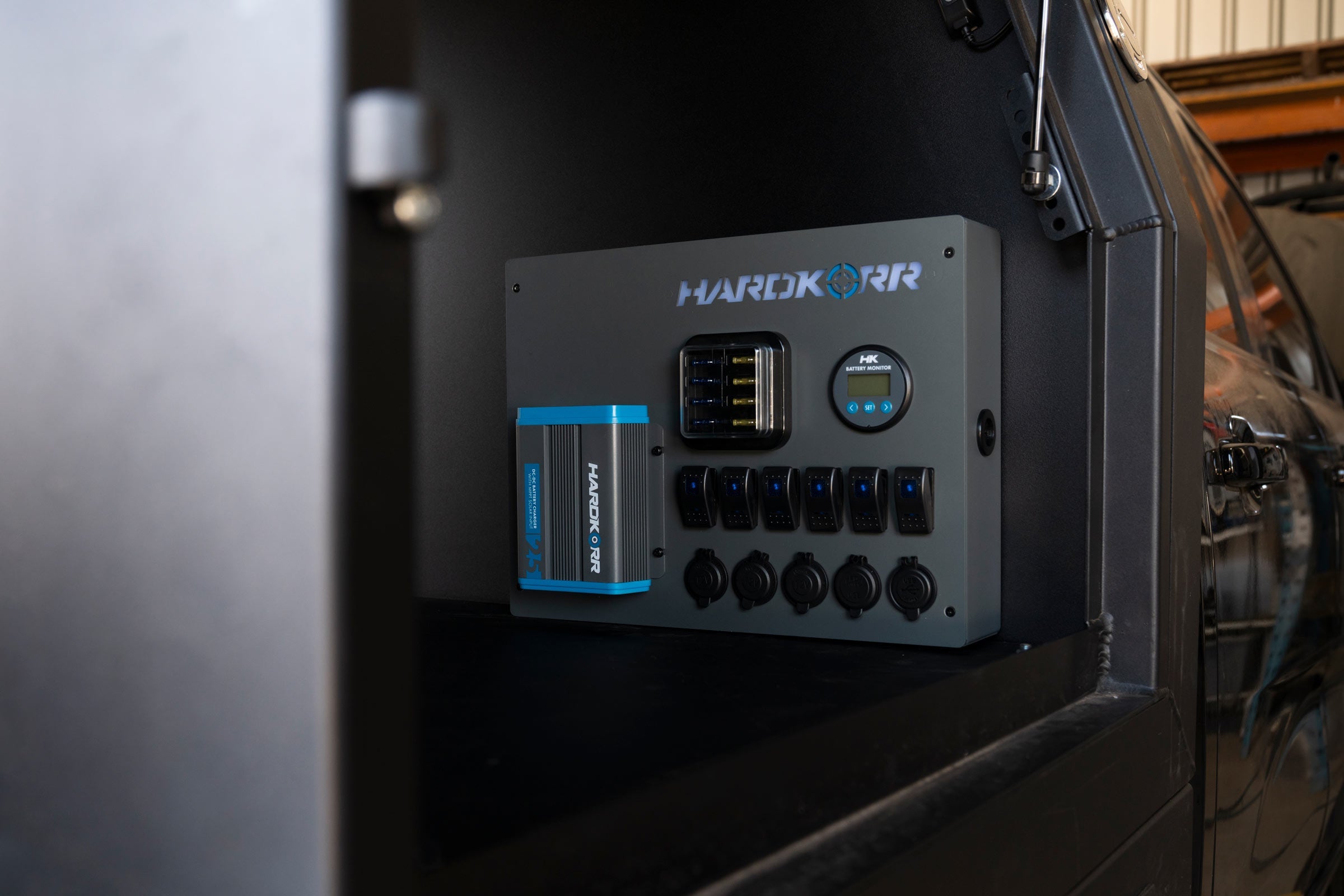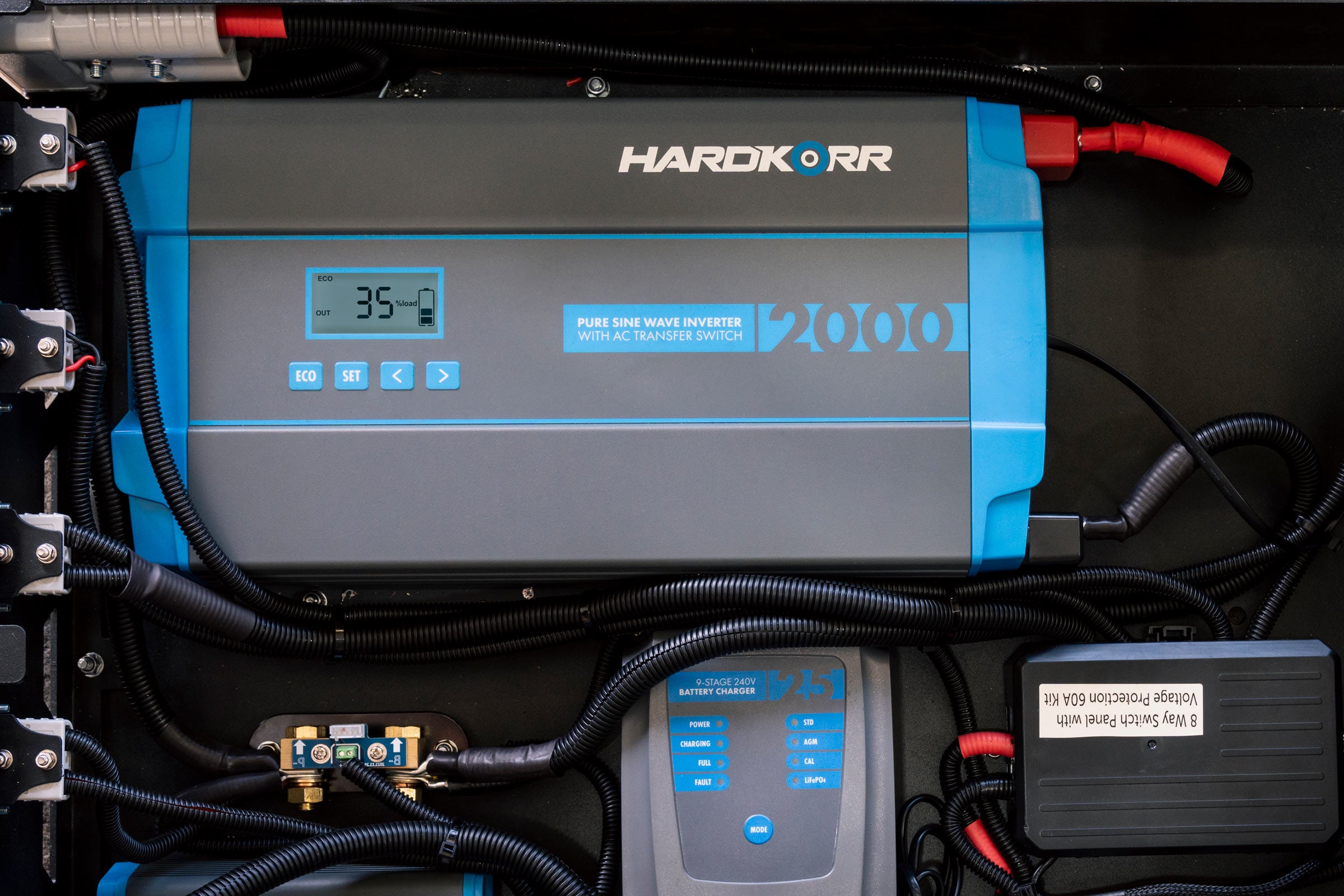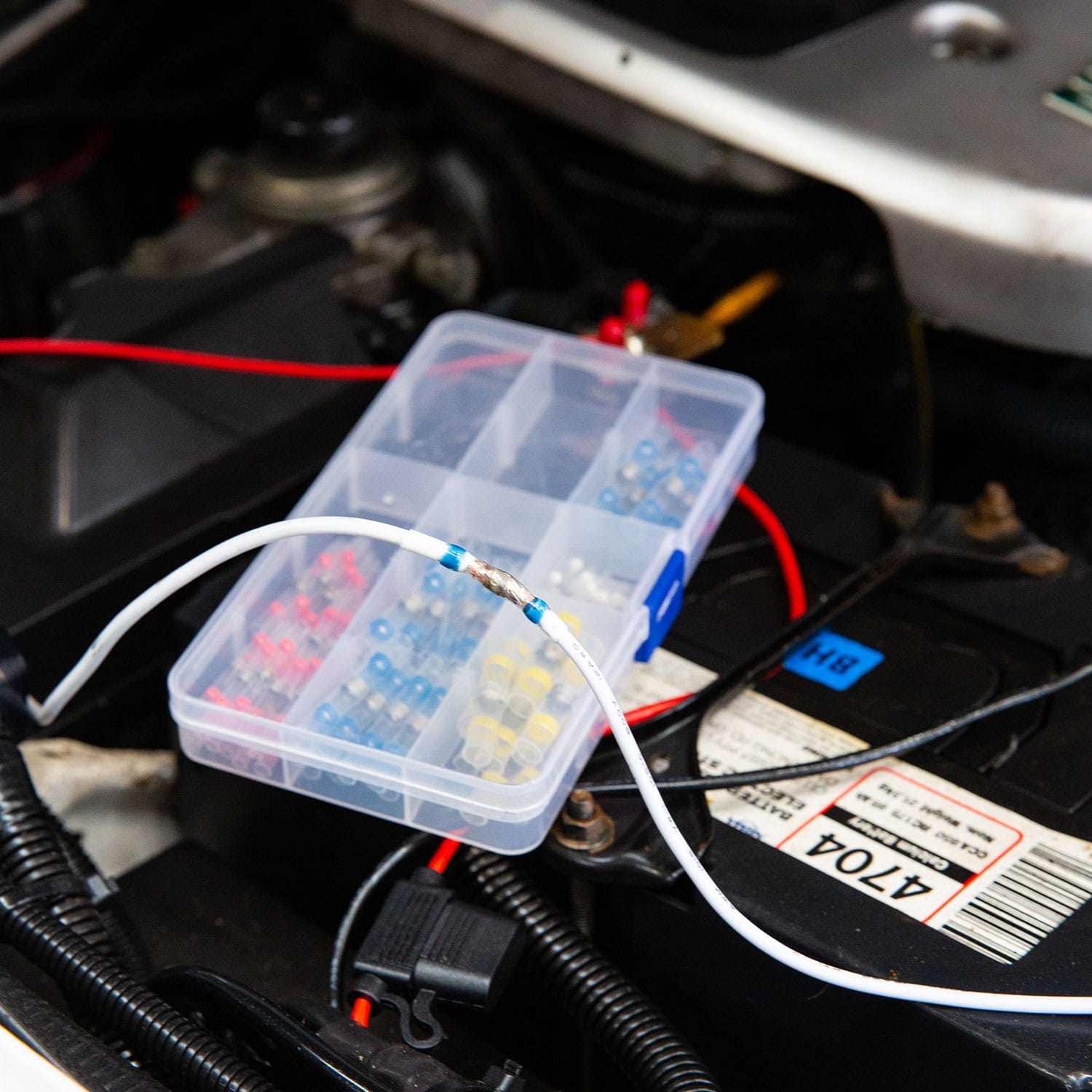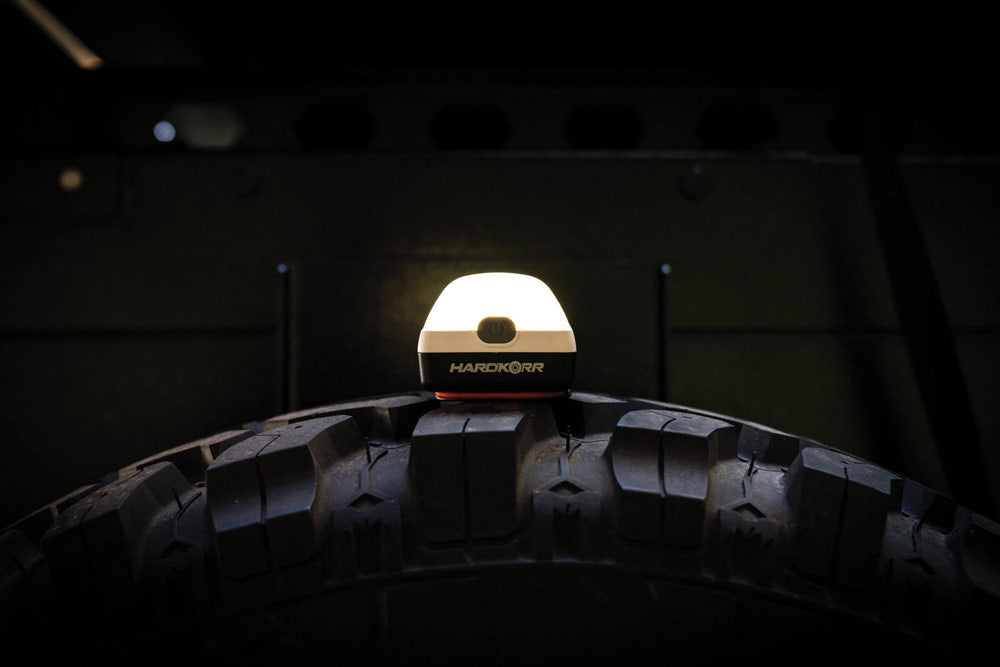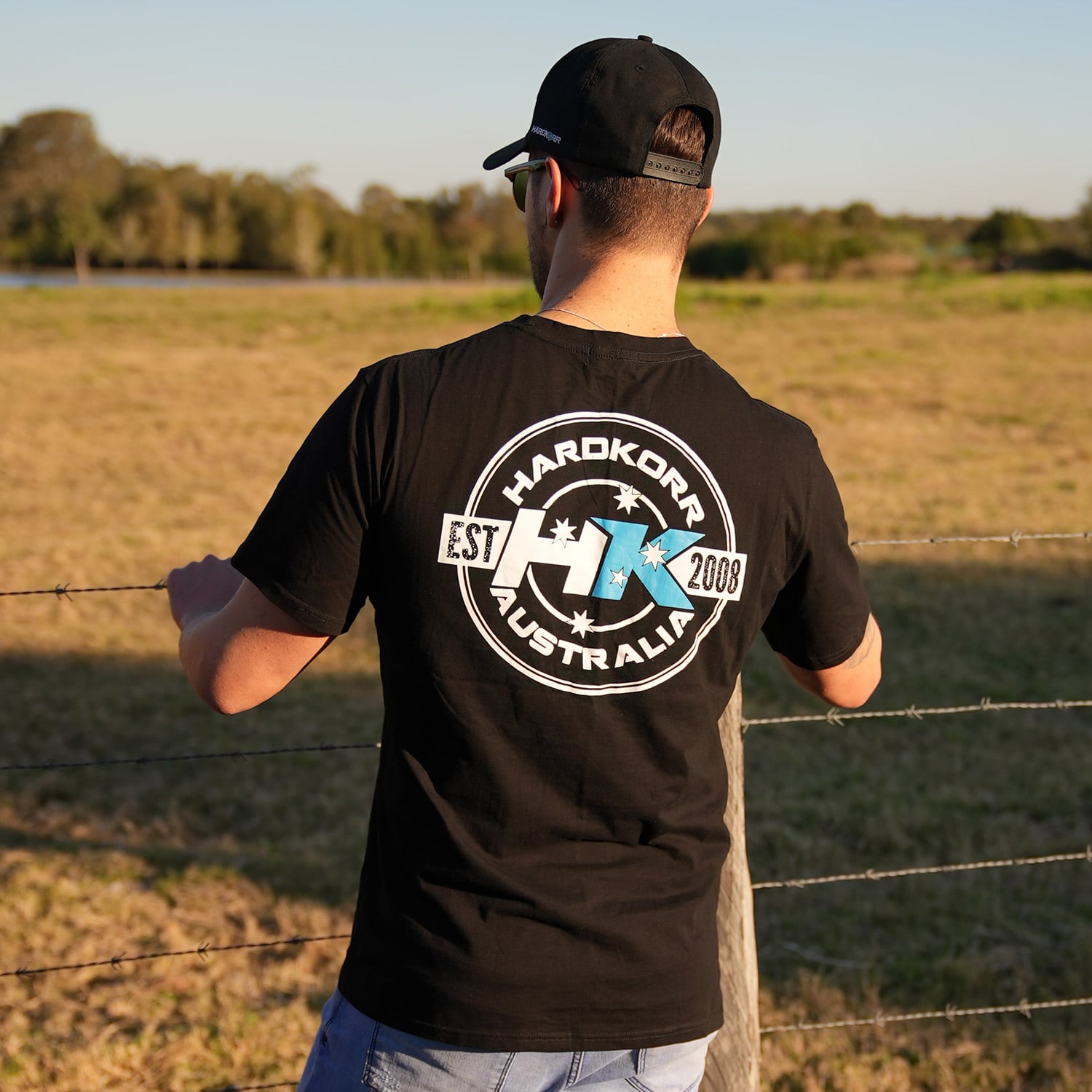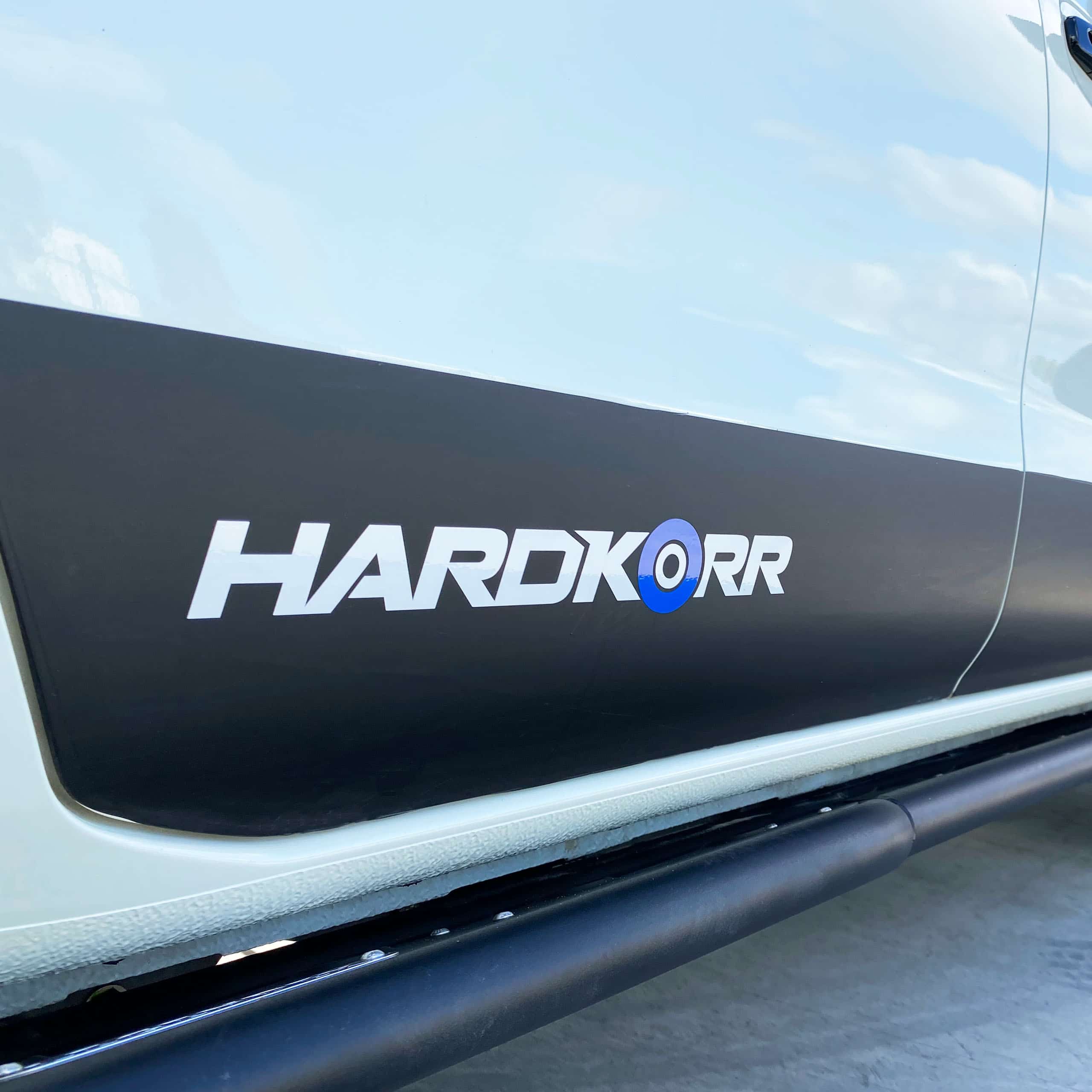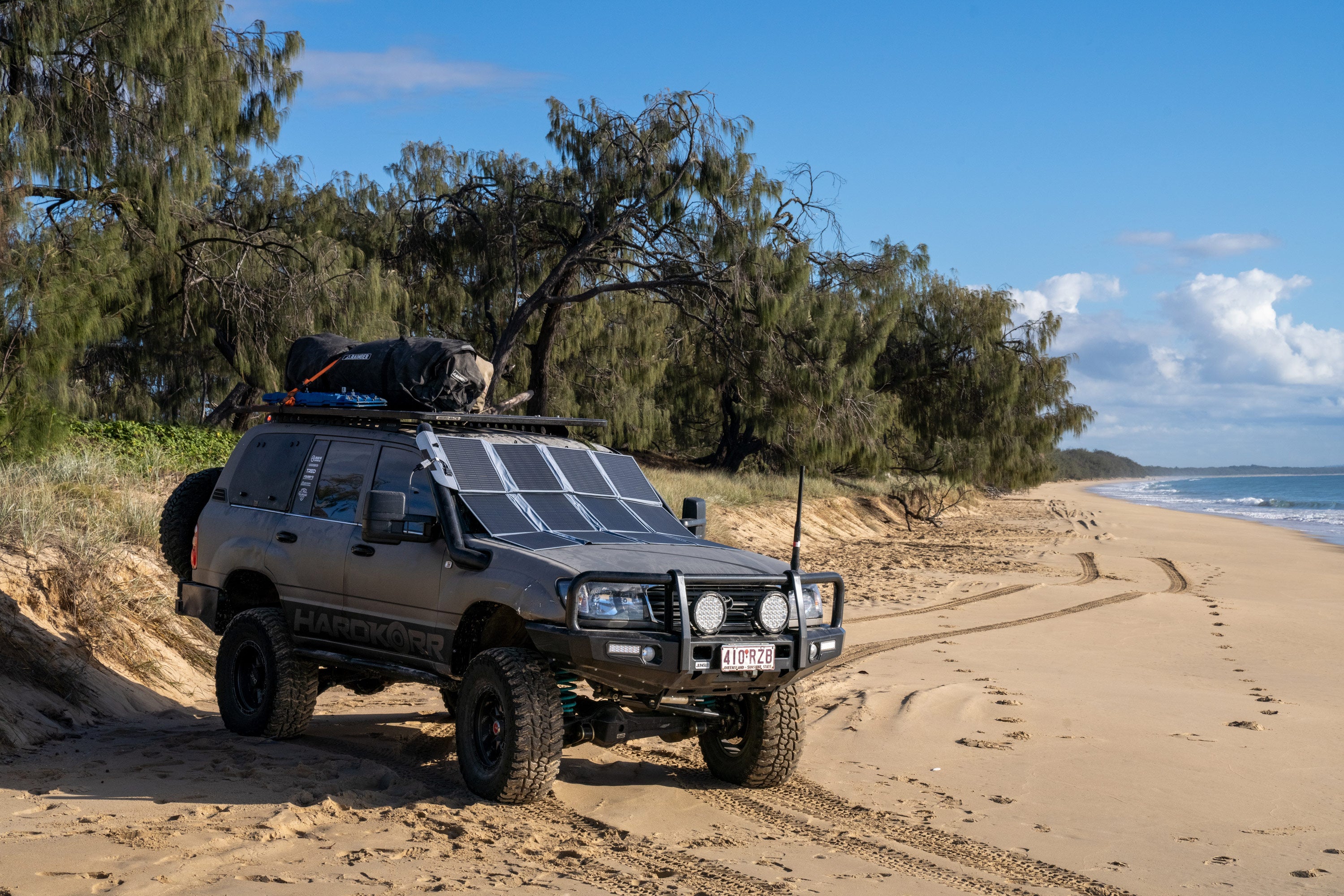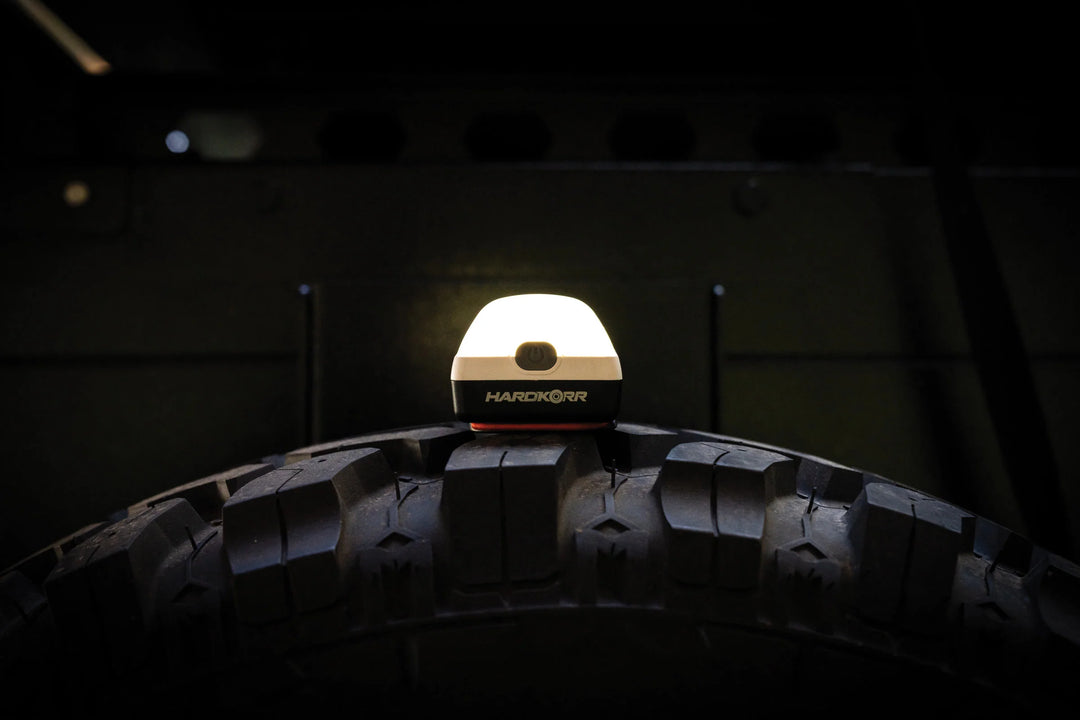Whether you’re a keen camper or just starting out, you’re probably aware that portable solar panels are now considered to be an essential part of most camping trips. This is especially the case if you’re travelling with your family, for an extended period of time, or in a remote location where supplies (such as ice) aren’t readily available.
Basically, portable solar panels keep your deep-cycle batteries topped up so they can provide continuous power to appliances such as fridges, water pumps and 12v camp lighting. They do this without the need for traditional power sources such as generators, which are noisy and need a ready supply of fuel at hand for continued operation. If you’re travelling with a caravan, it means you can use unpowered sites which are usually cheaper and more readily available.
Following is a complete guide to camping solar, which we’ve put together based on knowledge we’ve accumulated over dozens of camping trips and from selling portable solar for nearly 10 years. We hope it’s useful!
Types of portable solar panels
Before we dig too far into the details, let’s take a look at what types of solar panels are available. In the market today you’ll generally find three types; hard-frame folding panels, which was the first type of portable solar to be introduced, and newer mat and blanket style models.
Hard-frame folding panels
Hard-frame folding solar panels were groundbreaking when they were first introduced, but compared to products available nowadays, they were cumbersome and inefficient. They were originally constructed from two banks of cells, hinged in the middle to allow them to be folded in half. They were enclosed in a thick aluminium frame and sheet glass front, which made them fragile, inflexible and very heavy (25kg+).
Nowadays some hard-frame panels are still available, and they are thinner and lighter than their forebears. Their biggest disadvantages remain the relatively large folded size and their inflexibility, making them frustrating to store and prone to damage over the course of your travels.
Solar blankets
Solar blankets first rose to prominence in around 2015. Their innovative design made portable solar accessible to a much wider range of campers, and they are still one of the most popular options available today.
Solar blankets are constructed of smaller banks of cells, usually in a 2×5 or 3×4 configuration, and coated in durable materials such as PET (cheaper models) or ETFE (higher quality models) rather than glass. The banks of solar cells are stitched into a canvas outer.
Being less than half the weight of the old hard-frame panels and with a significantly smaller folded size, solar blankets are easier to transport, easier to set up, and more convenient for long-distance travellers where storage space is at a premium. The glass-free cells mean that the panels are also a lot more resistant to accidental damage.
The main disadvantage of solar blankets is it is hard to get them to sit at an optimum angle to catch maximum solar radiation. Generally solar blankets will be placed on top of a windscreen or bonnet, roof rack or on the ground, whereas ideally the solar cells should be placed at around a 15 to 40-degree angle (we’ll explain this in greater detail later) and rotated during the day to ensure the cells are always facing into the sun.
Solar mats
Solar mats are the newest form of portable solar and combine the benefits of both hard-frame panels and solar blankets.
Solar mats generally consist of 3 to 4 banks of solar cells, with a semi-flexible baseboard. Like solar blankets, the cells are coated in a material such as PET or ETFE which makes them more hardwearing by allowing the cells to flex slightly without damage. The cells are again stitched into a canvas outer.
The main difference between solar blankets and solar mats is the number of folds. Whereas solar blankets are usually set up in a 2×5 or 3×4 configuration, solar mats only fold in one direction, imparting some additional rigidity and making them more suitable for free standing. To this end, solar mats will generally have inbuilt legs to allow you to get that optimal angle for maximum sun absorption.
They retain the lightweight characteristics of solar blankets, and while they are a little bit more bulky to store, they are nowhere near as cumbersome as hard-frame panels.
How do portable solar panels actually produce power?
Portable solar panels work by capturing the suns rays and converting them to useful power via a device called a charge controller or regulator. The controller then connects to a battery to keep it charged.
What is a solar regulator?
A solar regulator ensures that the power generated by a solar panel is intelligently transferred to a battery in a way that is appropriate for the battery’s chemistry and charge level.
A good regulator will be programmed with a multi-stage charge algorithm (usually 5 or 6 stages) and will have different programs for different types of batteries. Modern, high-quality regulators will include specific programs for lithium batteries, whereas many older or cheaper models will be limited to programs for AGM, Gel and Wet cell batteries. It is important that you use the right program for your battery type.
A quality solar regulator will include a host of electronic protection circuitry to safeguard the battery, including reverse polarity protection, short circuit protection, reverse current protection, overcharge protection, transient overvoltage protection and over temperature protection.
Types of solar regulators
There are two main types of solar regulators available for portable solar panels: Pulse Width Modulation (PWM) and Maximum Power Point Tracking (MPPT). They both have their own advantages and disadvantages which means each one will suit different camping situations.
Pulse Width Modulation (PWM)
Pulse Width Modulation, or PWM, regulators have a direct connection between the solar panels and the battery and use a ‘rapid switch’ mechanism to modulate the charge flowing into the battery. The switch remains fully open until the battery reaches absorption voltage, at which point the switch begins to open and close hundreds of times per seconds to reduce the current while keeping the voltage constant.
Theoretically, this type of connection can reduce the effectiveness of the solar panel, as the voltage of the panel is reduced to match that of the battery. However, in the case of portable camping solar panels the practical effect is minimal, as the maximum voltage of the panel in most cases is only around 18V (and reduces as the panel heats up), and the battery voltage usually sits between 12-13V (AGM) or 13-14.5V (Lithium).
Despite the small efficiency loss, PWM regulators are often considered a better choice for pairing with portable solar panels. The benefits of PWM regulators compared to their MPPT counterparts are their lighter weight and superior reliability, which are key considerations when camping for long periods of time or in remote locations, where repairs may not be easy to undertake and replacement regulators may be hard to come by.
Maximum Power Point Tracking (MPPT)
Maximum Power Point Tracking, or MPPT, regulators have the ability to convert excess voltage into additional current, under the right conditions.
An MPPT controller will constantly monitor the voltage of the panel, which changes constantly according to factors such as the heat of the panel, weather conditions and position of the sun. It calculates (tracks) the best combination of voltage and current using the full voltage of the panel, then downrates the voltage to match the charge voltage of the battery, and thus can deliver additional current into the battery (remembering power = voltage x current).
There is one significant caveat though, which reduces the practical effectiveness of MPPT controllers with portable solar panels. To extract any real benefit from having an MPPT controller, the panel voltage should be at least 4-5 volts higher than the charge voltage of the battery. Given that most portable solar panels have a maximum voltage of around 18-20V, which can drop to 15-17V when they heat up, and most AGM batteries sit between 12-13V and most lithium batteries between 13-14.5V, the voltage differential is not sufficient for the MPPT functionality to have much practical impact on charge current.
The downsides of MPPT controllers compared to their PWM equivalents are their heavier weight and generally poorer reliability. For this reason, as well as their minimal impact on power input, you will not often see them used with portable solar panels.
Types of solar cells
The two most common types of cells used in portable solar products today are polycrystalline and monocrystalline. A third type, amorphous or thin film, is occasionally seen but it is much less popular than the other two as it requires about double the surface area to product the same amount of power and tends to be less durable. Having said that, it is more stable at very low and very high temperatures. In this case, we will limit our discussion to the more popular polycrystalline and monocrystalline types.
Polycrystalline
Polycrystalline cells are made from many different silicon crystal shards, which are melted together to form a block or ingot. This block is then sliced into very thin wafers measuring about 200-350 micrometers in thickness, which form the basis of the solar cell.
If you look closely at a polycrystalline cell, you will see a ‘metalflake’ type appearance where the different crystals have joined together. Electrons can become trapped in the joins, reducing the flow of electricity and thus lowering the efficiency of the panel.
Polycrystalline cells are far cheaper than monocrystalline cells, but are not recommended for portable solar as they require a larger surface area to produce the same amount of power.
Monocrystalline
Monocrystalline cells are made from a single silicon crystal, which is grown into a block before being cut into wafers in the same manner as polycrystalline cells. Because the cell is a single crystal, electrons can flow more freely and the efficiency of the panel is substantially increased.
The appearance of a monocrystalline cell is much more uniform, with none of the metalflake that characterises polycrystalline cells. Because of their higher efficiency, they need less surface area to produce the same amount of power as an equivalent polycrystalline cell.
In addition, monocrystalline cells tend to have a longer lifespan than polycrystalline, and also perform better in higher temperatures.
Hardkorr solar panels only use monocrystalline cells, as do most other quality manufacturers.
Solar cell grades
There are four grades of solar cells; A, B, C, and D. Simply put, A-grade cells are the only ones worth using, and all reputable manufacturers will use these in their solar panels.
If your solar panel has been advertised as having A-grade cells but you aren’t certain that’s what you’ve got, there are several ways to visually inspect your cells to make sure. Check that:
- None of the solar cells have a bend of more than 2mm;
- No parts of the front busbars are missing;
- There is no paste leakage onto the cell greater than 0.3mm2 in area;
- No colour deviation is evident, particularly yellow areas;
- There are no watermarks;
- There are no scratches on the cell greater than 15mm in length.
What does the panel efficiency rating mean?
A solar panel’s efficiency rating is a measure of how effectively it can convert the solar radiation hitting its surface into usable power.
Solar radiation arriving at the top of the earth’s atmosphere is, on average, approximately 1,361W per square metre. It is attenuated to a degree as it moves through the atmosphere, resulting in 1,000-1,050W hitting the surface of the earth at sea level on a clear day.
If a solar panel has an efficiency rating of 20%, for example, it means that in ideal conditions it is able to convert 20%, or approximately 200W, of that radiation into power for every one square metre of surface area.
In practice, the actual percentage of total solar radiation captured by a solar panel is affected by several factors, including the overall quality of the manufacturing process, the quality of anti-reflective coating used, and the angle of the radiation source to the panel.
Using portable solar panels
How to position solar panels
Many campers talk about 30 degrees as being the optimal angle at which to place your portable solar panels. While this is a reasonable approximation in many cases, the correct answer is a little more complicated. In fact, the optimal angle is primarily affected by two factors: the latitude of the place in which you are camping, and the time of year.
In ideal conditions (i.e. the warmer seasons), the angle of your solar panel should, as close as possible, match the latitude of the place in which you are situated. For reference, a table of the 25 most populous Australian capital cities and their latitudes is as follows:
| City | Latitude |
| Sydney | 33.9 deg |
| Melbourne | 37.8 deg |
| Brisbane | 27.5 deg |
| Perth | 32.0 deg |
| Adelaide | 34.9 deg |
| Gold Coast | 28.0 deg |
| Canberra | 35.3 deg |
| Newcastle | 32.9 deg |
| Wollongong | 34.4 deg |
| Geelong | 38.2 deg |
| Hobart | 42.9deg |
| Townsville | 19.3 deg |
| Ipswich | 27.6 deg |
| Cairns | 16.9 deg |
| Toowoomba | 27.6 deg |
| Darwin | 12.4 deg |
| Ballarat | 37.6 deg |
| Bendigo | 36.8 deg |
| Launceston | 41.4 deg |
| Mackay | 21.1 deg |
| Rockhampton | 23.4 deg |
| Maitland | 32.7 deg |
| Bunbury | 33.3 deg |
| Coffs Harbour | 30.3 deg |
| Bundaberg | 24.9 deg |
You can see that there is actually a significant variance; in Darwin the ideal angle is just 12.4 degrees, whereas in Launceston it is 41.4 degrees.
In the cooler seasons, you should increase the angle of your solar panels even further, as the sun will be in a lower position compared to the hotter seasons. The general rule is to increase the angle by a further 15 degrees.
Of course this is simply a rule of thumb and we do not recommend you get out a protractor to ensure your panel is exactly at the right angle!
Using solar in partial shade or cloudy weather
You can use portable solar panels in cloudy weather or partial shade, but bear in mind that their output will drop significantly compared to ideal conditions. From a 200W panel, you can expect up to 11A or more per hour in ideal conditions, but this can drop to 3A per hour or even less in full cloud or inclement weather.
Solar as part of a dual-battery system
Portable solar panels are increasingly being used as part of a dual battery system. Fixed solar panels (i.e. mounted to the vehicle’s roof) are another popular choice, but more and more campers are choosing portable solar, because in order to get the maximum benefit from fixed solar they have to park their vehicle in the sun, which is not ideal for comfort! With a portable solar panel, you can use an extension lead to position your solar panels up to 5-10m away from the vehicle, meaning you can park in the shade.
Most modern DC-DC chargers include an input for a solar panel, and many can even intelligently switch between charging from the alternator and charging from solar depending on whether the vehicle’s ignition is on and the alternator is delivering sufficient voltage.
One thing to beware of in this instance is that the DC-DC charger will almost always have its own inbuilt solar regulator. If your portable solar panel comes with its own regulator, you must disconnect it before connecting your solar panel up to the DC-DC charger.
We hope this guide has been helpful. If you have any more questions, feel free to reach out to our friendly team on Facebook (you can use Facebook Messenger chat via our website) or by emailing info@hardkorr.com.


